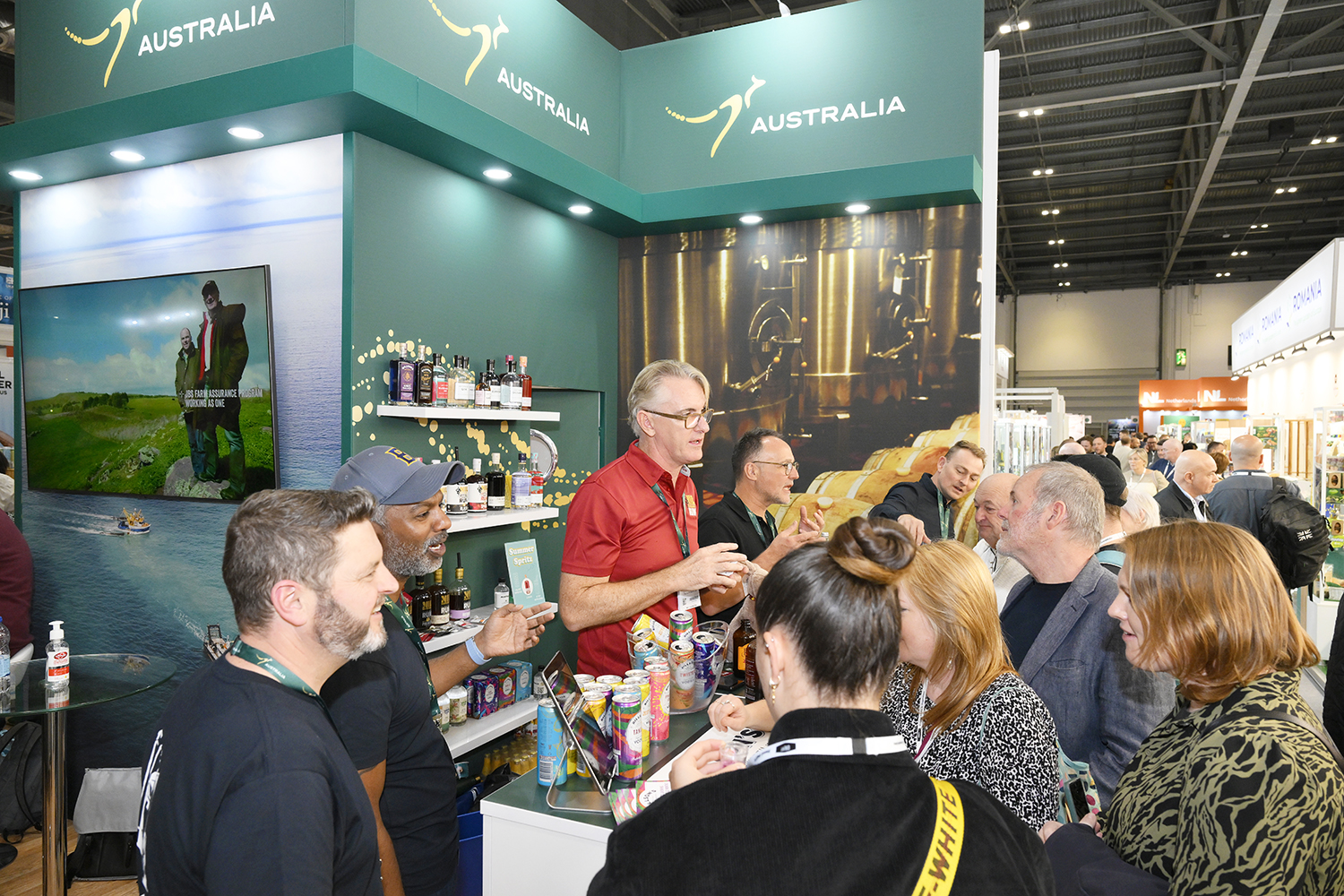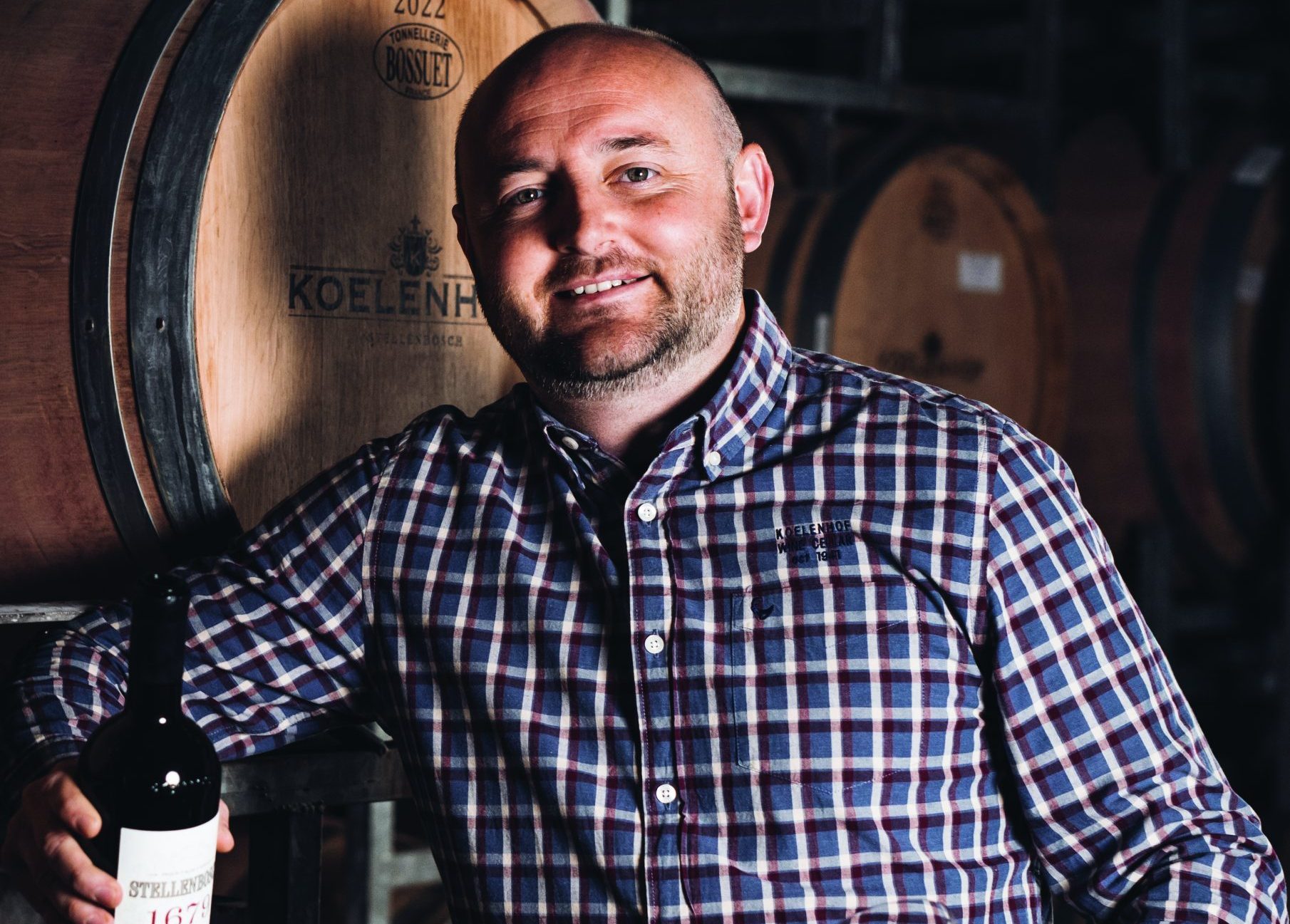This website uses cookies so that we can provide you with the best user experience possible. Cookie information is stored in your browser and performs functions such as recognising you when you return to our website and helping our team to understand which sections of the website you find most interesting and useful.
Top 10 most disappointing wines of Bordeaux 2013
By Rupert MillarFine wine marketplace Liv-ex recently released the details of its Bordeaux 2013 survey where it canvassed merchants for their opinion of the vintage.
The responses made fairly grim reading, with the year largely voted the weakest since 2007 when it came to quality and 78% expected demand to be 20% less than last year.
At worst the vintage was described as “skeletal” and “rasping”, at best it was “charming” and “pleasant”.
The whites though were singled out for special praise with the majority described as “excellent” and even “superb” – though whether they will make a decent showing when it comes to buying is another question.
Following on from the “best” wines of the vintage, here are the wines judged the most disappointing…and there are some familiar faces.
10. Palmer
Palmer stood out for Fine & Rare’s Joss Fowler but he thought that when it came down to price its neighbour Rauzan-Ségla would probably be a better buy.
It appears other members of the trade thought so too and most of the wines on this list may not be badly made but will disappoint if they stick to the pricing stratagems of the past few campaigns.
Certainly if Palmer follows last year’s form and drops a token 1%, it is unlikely to raise anything more than the ire of merchants.
9. Pontet-Canet
Pontet-Canet owner Alfred Tesseron with one of the estate’s horses
Having secured itself a wealth of coverage following an unprecedentedly early release, did Pontet-Canet live up to the hype?
Some will say it did but not that many it would appear, securing it a ninth place in the disappointment chart.
Fowler described it as “one for fans only” and there were “better buys” for Pauillac rather than Pontet lovers, while Justerini & Brooks likewise declared themselves “disappointed”.
8. Ducru-Beaucaillou
The second growth Saint-Julien property failed to impress the trade, Guy Seddon of Corney & Barrow said in his vintage report that although it was well made, it “didn’t set the pulse racing”.
On the other hand, for others it very much did, not least négociant Ben Kennedy who thought it the wine of the day when he tried it.
If 2013 is going to be anything, it’s divisive.
7. Carruades de Lafite
The second wines of the first growths have been suffering of late. Having served as the “affordable taste” of their big sister wines prior to 2009, during the 2010 vintage in particular, prices went through the roof and Carruades has remained at €100+ a bottle since.
Unfortunately, the second wines have also been the worst performers in Liv-ex’s Bordeaux 500 and Carruades far and away the poorest second wine.
Partner Content
5=. La Mission Haut-Brion
“Clearly the product of a lesser vintage” was Seddon’s verdict and other members of the trade clearly thought likewise.
As La Mission has made a habit of mirroring if not outright copying the pricing of the first growths in recent years (sometimes perfectly justified), it needs to really deliver on quality if it expects to get away with such a conceit.
It shared fifth place with…
5=. Lascombes
The Margaux-based second growth was joint fifth among the disappointments. Nothing much seems to have been written about it, which perhaps speaks volumes in itself.
4. Haut-Brion
A ninth place positioning in the wines that impressed the most but it seems rather stronger feeling from the trade that the Pessac property was a disappointment.
Seddon said he was left, “scratching my head a little over Haut-Brion”.
3. Cheval Blanc
No amount of space age technology and pristine, made-to-measure fermentation tanks could apparently save Saint-Emilion grand cru from the list of let-downs.
Presumably it was thought that if Cheval Blanc wants to ask more than €300 a bottle it needs to provide something just a bit more special.
2. Lafite
A double whammy for Lafite, with both first and second wines being given a D- grade by the trade.
Kennedy on the other hand thought it “one to watch” even though it had retreated in on itself when he tasted it, so it may yet turn out to be a surprise.
1. Margaux
The third highest entry in the most popular wines but also the one that provoked the strongest negative reaction, showing how divisive the 2013 vintage is proving.
Kennedy, while noting its strengths, did say he found it difficult to “engage” with, that it lacked intensity, “and tapers to a dry-tannin finish”.





